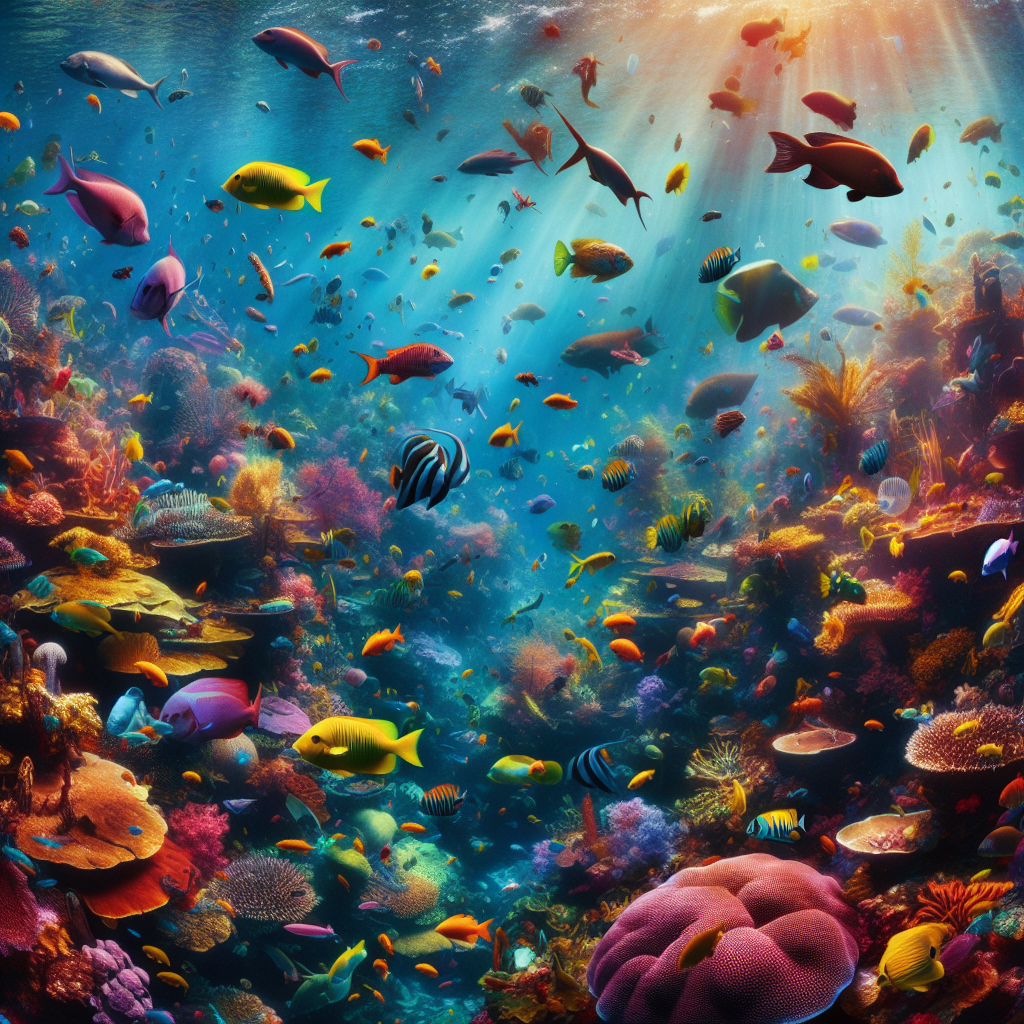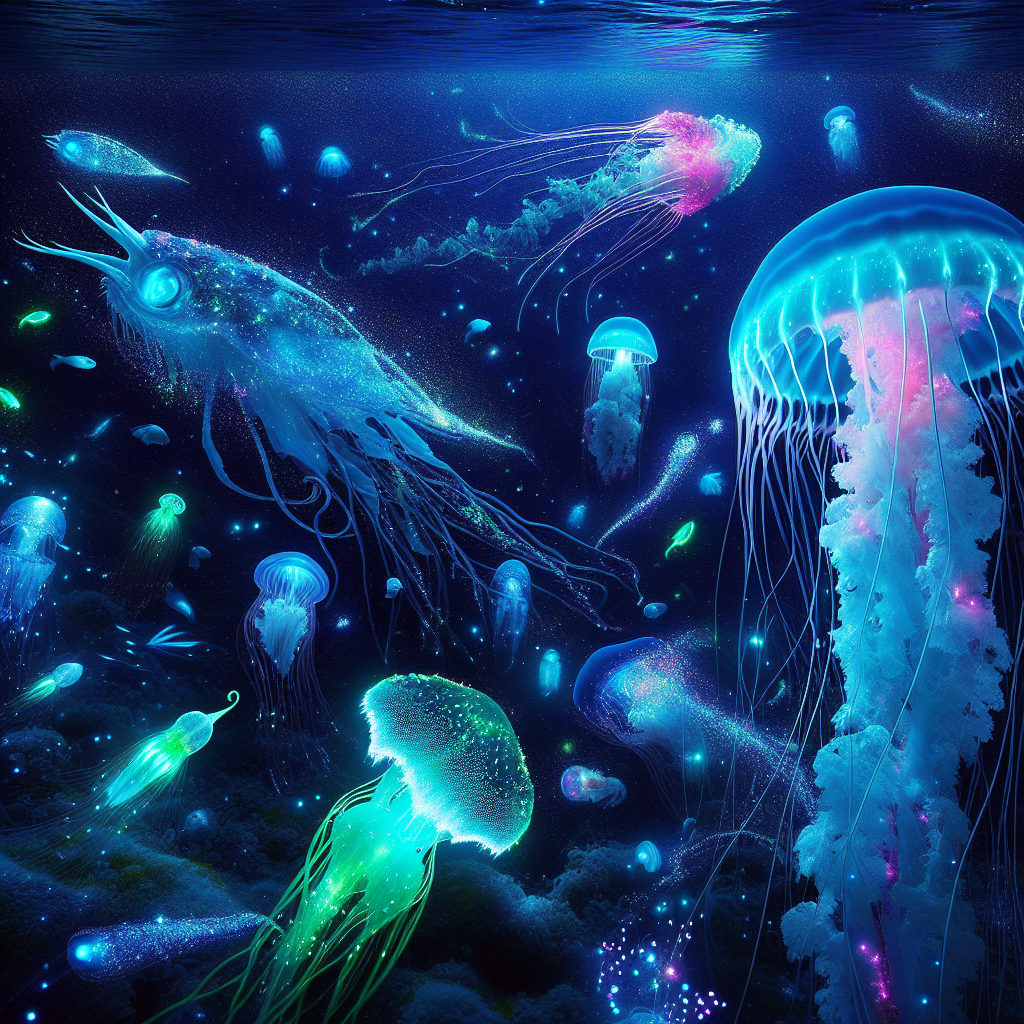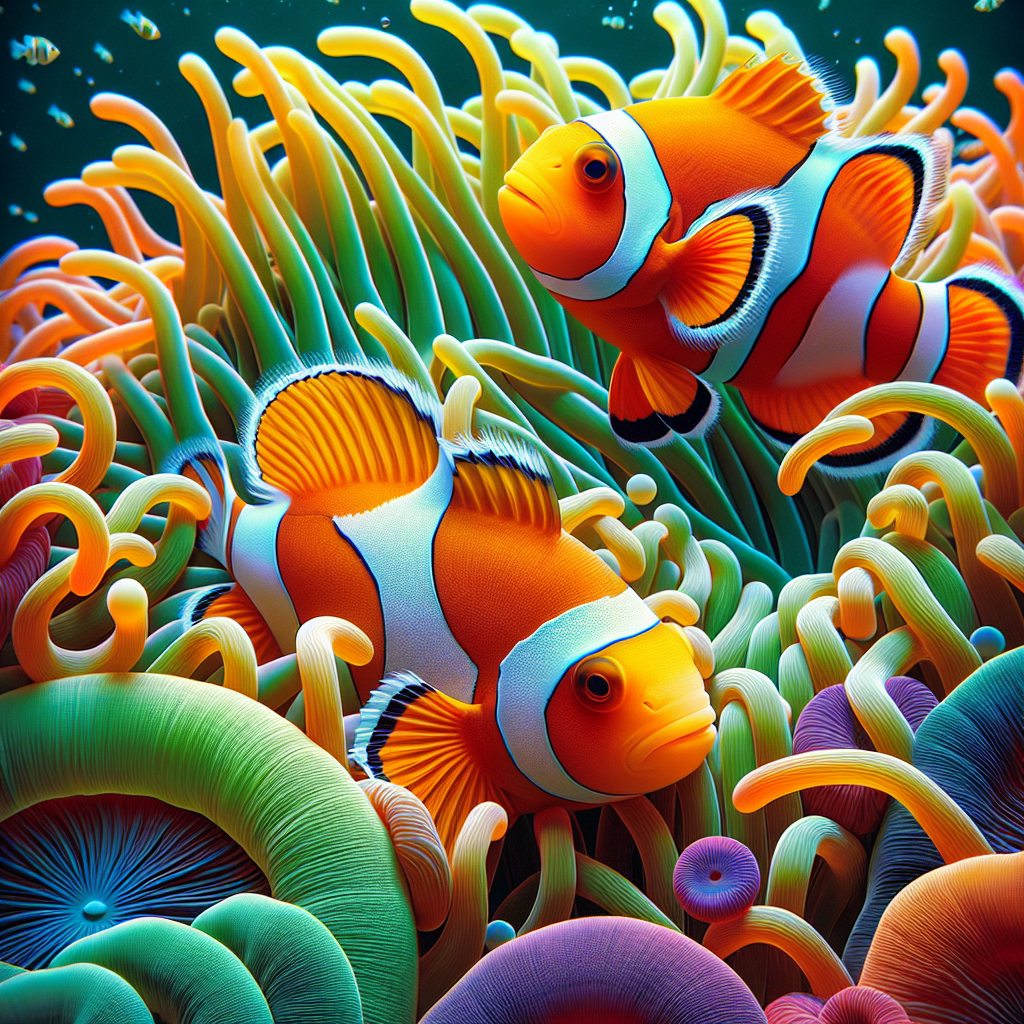Understanding Sea Life
The dynamic ecosystem of an aquarium provides a window into the mysterious lives of aquatic creatures. From solo swimmers to social sea dwellers, communication and social behaviors in fish and other marine life are fascinating and complex. Let's dive into the world beneath the waves and discover how our finned friends interact!
Communication Underwater
Communication in the aquatic world is not just about sounds; it's a blend of vibrant colors, body movements, and even electrical signals. Just like us, fish have their own ways of expressing themselves and interpreting the actions of others. They may not speak or write, but their methods of communication can be just as nuanced.

Social Behaviors
Many fish are highly social creatures, forming schools that operate with astonishing coordination. These underwater formations aren't just for show; they help protect fish from predators, improve foraging, and aid in navigation. Within these schools, there are often complex hierarchies and roles that govern the group's behavior.
The Sound of the Sea
While the deep blue sea might seem like a silent place to us, it's quite the opposite for those who inhabit it. Many marine animals use sound to communicate. Fish may grind their teeth or slap their bodies against the water to create noises that send messages to others.
Nonverbal Cues
Body language speaks volumes in marine environments. Color changes, for instance, can signal a range of intentions, from courtship to a warning of danger. The aggressive posturing of a fish can indicate territory disputes, while gentle movements may be part of a mating ritual.
The Language of Light
Deep in the ocean's abyss, where light is scarce, bioluminescence becomes a crucial language. Creatures like the anglerfish use light to lure in prey, while others might use it to communicate with potential mates or rivals.

Chemical Chatter
Just like perfume can draw people together, pheromones in the water signal different messages to aquatic creatures. These chemical compounds can communicate a wide range of information from marking territory to signaling distress or readiness to spawn.
Electric Interactions
Some species, like the electric eel, have evolved to communicate with electricity. They emit electrical impulses to navigate, find food, and interact with each other in a complex silent dialogue.
Mimicry and Camouflage
Mimicry and camouflage are essential behaviors for survival in the wild waters. The cuttlefish, master of disguise, can change both its color and texture to blend in with its surroundings or communicate with fellow cuttlefish.
The Social Network
It's not Facebook, but the aquatic world has its network too. Cleaner fish set up stations where they pick parasites off of 'client' fish. This mutualistic relationship is an impressive example of social behavior where different species communicate and benefit from each other's company.
Remarkable Friendships
Unexpectedly, some predators form bonds with potential prey. The famous example is the clownfish and the anemone. The fish's mucus protects it from the anemone's stinging tentacles, allowing it to take shelter and live within the anemone safely.

Learning in the Depths
To further explore marine communication and behaviors, consider setting up your own aquarium. You'll need a good starter kit and a bit of guidance on how to create a healthy environment for your underwater friends. For some of the best starting equipment, check out these options:
Unveiling Aquatic Mysteries
As we've explored, communication in the aquatic realm is a multi-layered tapestry woven from a variety of behaviors. Each species has its unique approach, but together they create a complex and fascinating underwater society. So the next time you peer into an aquarium, take a moment to watch and wonder at the intricate social network unfolding before your eyes. To learn more about setting up an aquarium, visit our guide on setting up your aquarium.
For more information on social behaviors in marine life, you might find this study on intercellular communication in mycobacteria interesting as it explores fundamental processes of bacterial communication that exert communal behaviors.